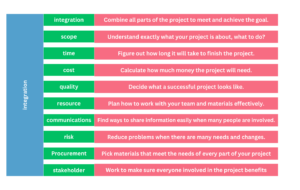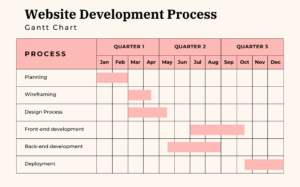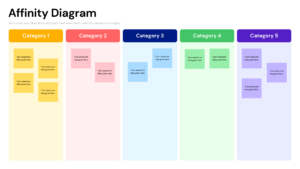In the realm of project management, process optimization is key to enhancing efficiency and achieving success. This concept involves streamlining complex workflows to avoid wasteful practices, overproduction, and inefficiencies, ultimately leading to significant improvements in resource utilization and project outcomes. This article dives into the essential techniques of process optimization, exploring how they can elevate project management from good to great. We’ll discuss the steps to simplify processes, incorporate effective methodologies like Agile and Waterfall, and utilize strategic decision-making to foster team collaboration and productivity.
Table of Contents
What is Process Optimization?
Process optimization is an essential activity that enhances the efficiency and effectiveness of business operations. In complex project management, simplifying and refining processes is crucial to prevent time waste, overproduction, inefficiency, and errors. Key goals include:
- Increasing Efficiency and Reducing Waste: Streamlining steps to improve work efficiency and minimize resource wastage.
- Cutting Costs and Enhancing Quality: Optimized processes lead to lower operational costs and improved quality, boosting customer satisfaction.
- Consistent and Predictable Results: Standardized processes ensure uniformity and predictability in outcomes.
- Reducing Operational Risks: Simplifying processes decreases potential risks and errors.
- Improving Team Communication and Collaboration: Enhanced processes foster better teamwork and collaboration.
- Focusing Team Efforts: By eliminating repetitive, low-impact tasks, teams can concentrate on more critical tasks.
8 Steps to Simplify Processes
- Identify Processes for Optimization: Determine which processes need improvement based on complexity, efficiency, and feedback.
- Map the Process: Detail each step of the current process using tools like WBS or
SIPOCdiagrams.- Suppliers (S): Providers of the resources needed for a process.
- Inputs (I): Elements used in a process.
- Processes (P): Steps to transform inputs into outputs.
- Outputs (O): The final products, services, or results.
- Customers (C): Those who use or receive the outputs, including clients and team members
- Analyze the Process: Evaluate each step to identify inefficiencies, bottlenecks, and redundancies.
- Seek Input: Gather feedback from key stakeholders like employees, customers, and suppliers.
- Redesign the Process: Based on analysis and feedback, develop a more streamlined and effective process.
- Implement Improvements: Put the newly designed process into action, possibly requiring staff training and system updates.
- Monitor and Evaluate: Continuously assess the new process’s performance, including efficiency, employee satisfaction, customer feedback, and financial impact.
- Continuous Improvement: Treat process simplification as an ongoing journey, constantly seeking ways to reduce waste and create value.
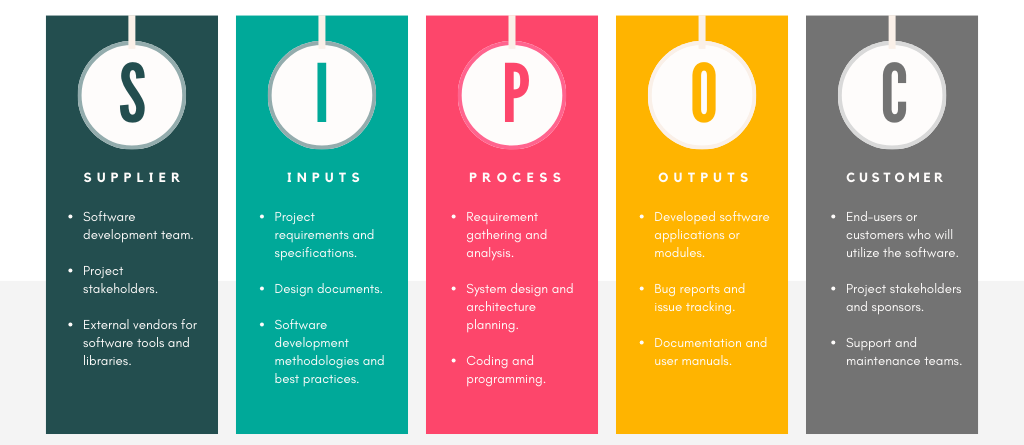
13 Powerful Project Management Tips
- Focus on Product Value: Understand customer and internal team expectations for value.
- Clarify Project Goals: Define shared project objectives with your team.
- Concrete Tasks and Goals: Use the
SMARTprinciple for high-quality, necessary task identification. - Regularly Monitor Project Progress: Ensure timely completion and avoid micromanagement.
- Use Efficient Project Management Software: Opt for software with integrated features that include
task management, project scheduling, kanban boards, Gantt charts, and PERT chartsenhanced collaboration and decision-making. Try the Free software Notion. - Recruit and Develop Key Talent: Focus on experienced project managers and specialists.
- Create a Positive Team Atmosphere: Foster a strong management culture for better team dynamics.
- Ensure Proper Resource Allocation: Analyze resource gaps and predict project needs.
- Enhance Project Performance and Team Efficiency: Align tasks with team strengths for optimal performance.
- Accelerate the Decision-Making Process: Encourage team involvement and adapt governance models.
- Avoid Complacency and Boredom: Introduce new challenges and promote innovation.
- Choose the Appropriate Project Management Method: Match the method to the project’s characteristics, considering agile, waterfall, or a hybrid approach.
- Define Responsibilities and Roles: Use a
RACImatrix for clear team member responsibilities. Each task must have a single accountable person for clarity in responsibility, while other roles in the task may be assigned to multiple individuals
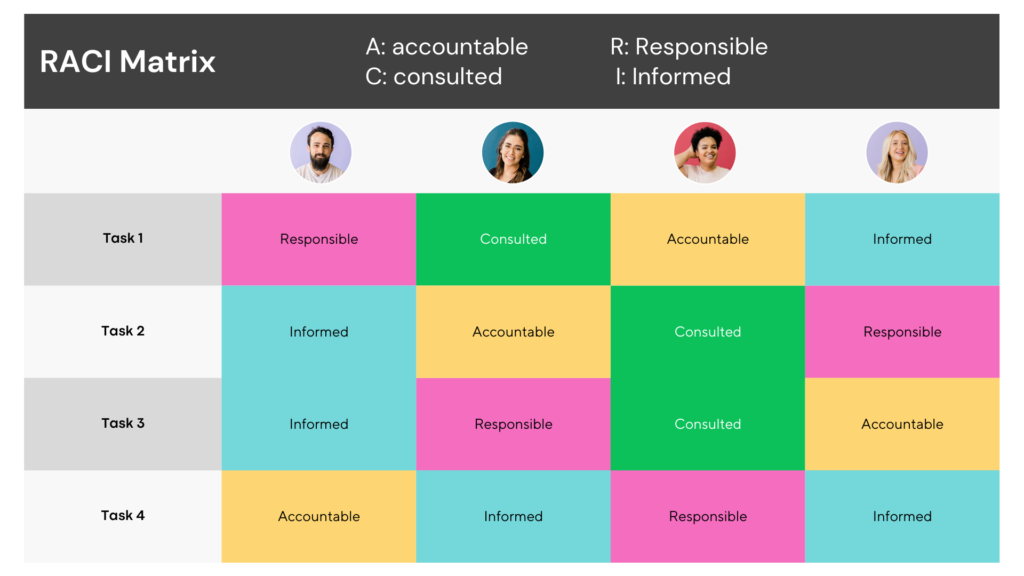
In project management, you might face issues like:
- Wasting Time
- Slow Info Spread
- Different Management Styles
- Scattered Priorities
- Resource Shortages
- Unclear Job Scope
- Quality vs. Deadlines
- Poor Communication
- High Uncertainty
- Team Dependency
- Unpredictability
- Strict Deadlines
- Multi-Department Involvement
- Rapid Changes
- High Costs
- Tech Dependence
- Misused Funds
- Complex Scheduling
Please contact and leave your comments OR issues below! Your feedback helps us create better content.
33 Essential Project Management Documents

